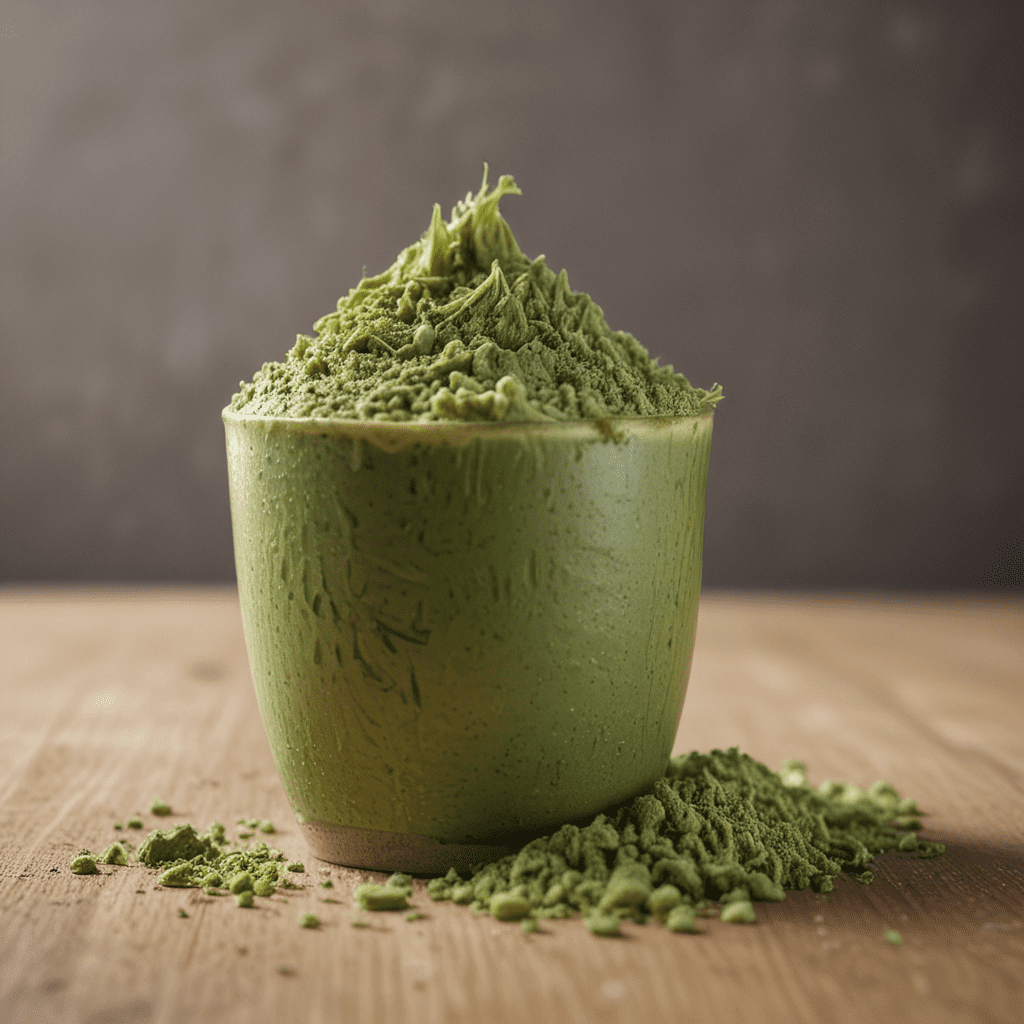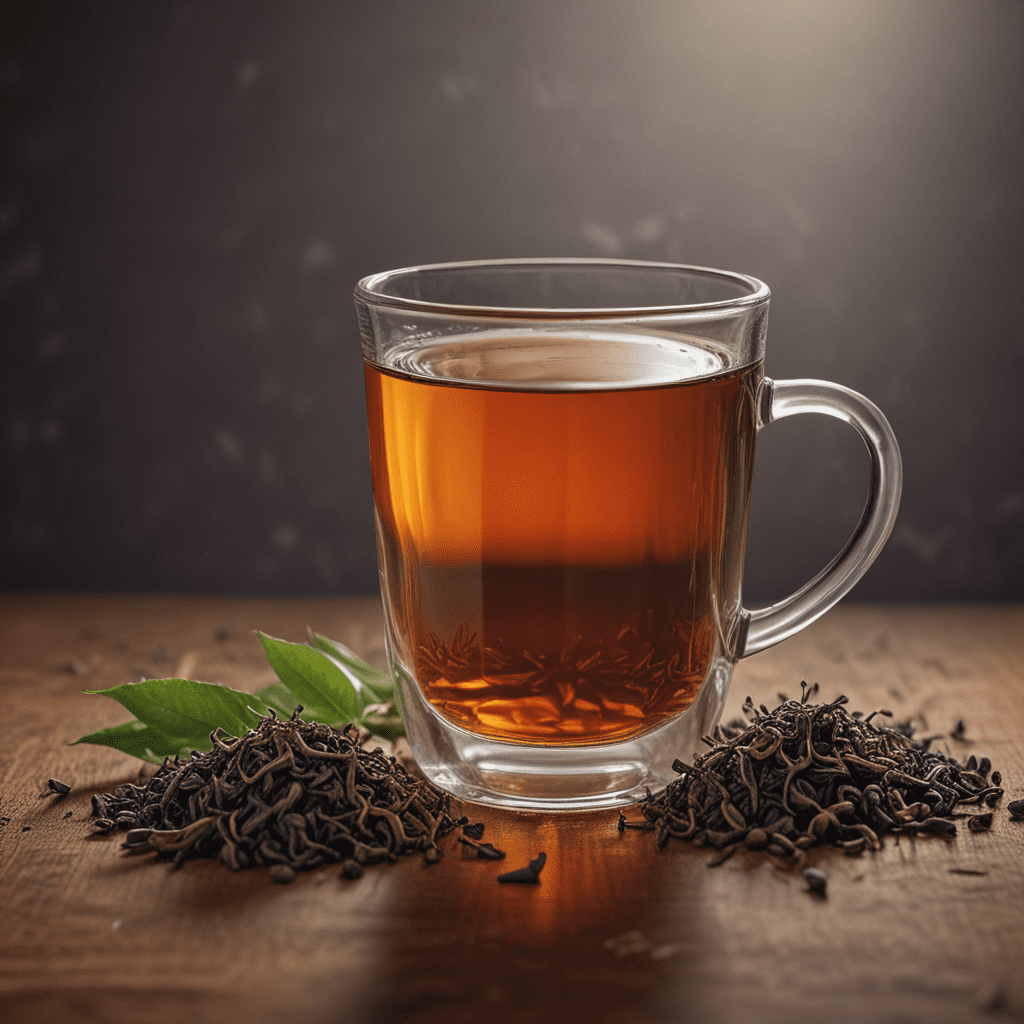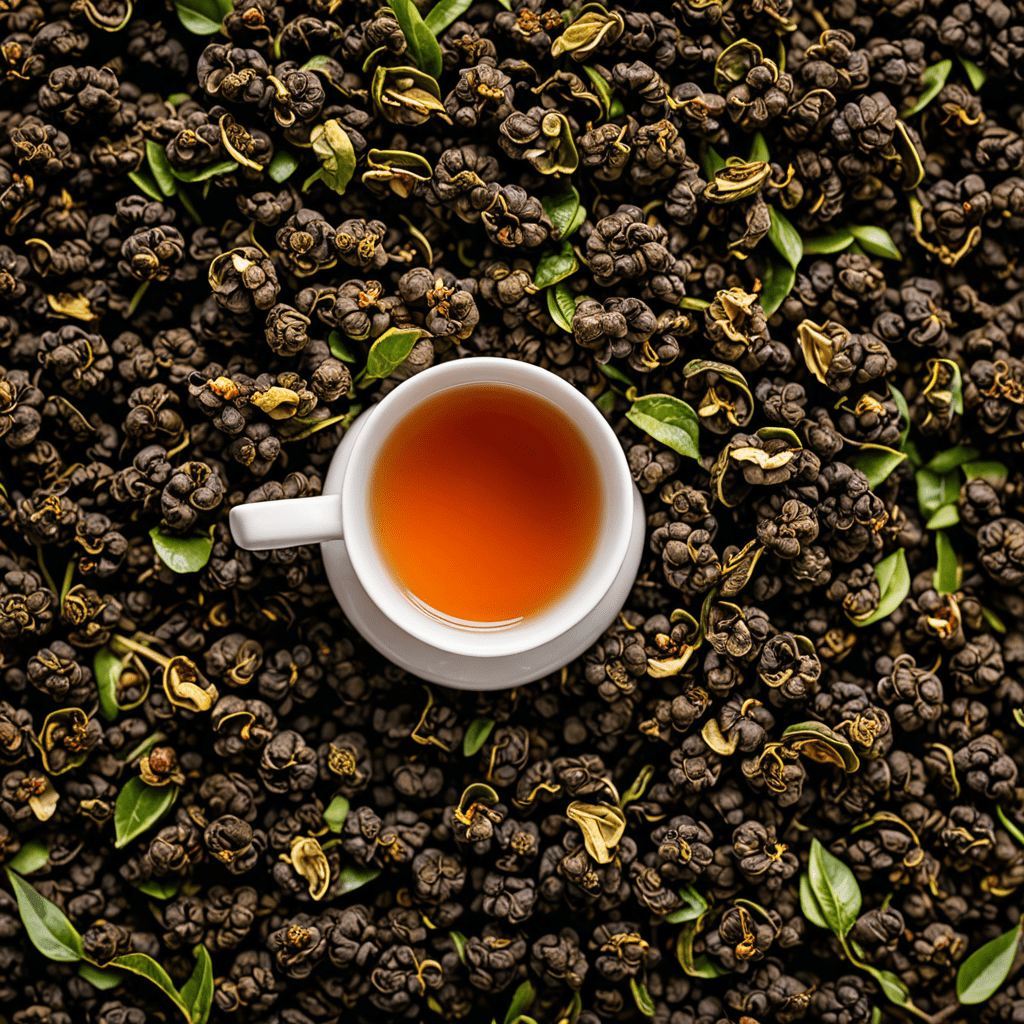
Matcha Ceremonial Grade vs Culinary Grade: Understanding the Difference
1. Introduction
Matcha, a finely milled green tea powder, is gaining immense popularity for its vibrant color, distinct flavor, and myriad health benefits. However, not all matcha is created equal. The tea world distinguishes between ceremonial grade matcha, reserved for traditional tea ceremonies, and culinary grade matcha, more suited for cooking and baking. Understanding the nuances between these two grades is crucial for discerning tea enthusiasts and culinary adventurers alike.
2. Defining Ceremonial Grade Matcha
Ceremonial grade matcha embodies the pinnacle of matcha quality. Cultivated in shaded tea fields and harvested at the peak of maturity, its tender leaves are carefully stone-ground into an ultra-fine powder. This meticulous process preserves the tea's vibrant emerald hue, delicate sweetness, and complex umami notes. Reserved for traditional Japanese tea ceremonies, ceremonial grade matcha is prized for its exceptional flavor and ceremonial significance.
3. Defining Culinary Grade Matcha
Culinary grade matcha, while still derived from shade-grown tea leaves, undergoes a less refined processing method. Its leaves are typically harvested later in the season and ground using machinery, resulting in a coarser consistency. This grade of matcha offers a more robust flavor profile, with pronounced earthy notes and a touch of bitterness. Its versatility makes it ideal for culinary applications, adding vibrant color and subtle tea flavor to dishes.
4. Differences in Cultivation and Harvesting
The cultivation and harvesting techniques employed for ceremonial and culinary grade matcha vary significantly. Ceremonial grade matcha originates from specially shaded tea fields, where the plants are deprived of direct sunlight for several weeks before harvest. This shading process stimulates chlorophyll production, resulting in the tea's vivid green color and increased amino acid content, which contributes to its characteristic sweetness. Culinary grade matcha, on the other hand, is grown in unshaded fields, resulting in a less vibrant color and a more pronounced earthy flavor.
5. Variations in Processing and Grinding
The processing and grinding methods also differ. Ceremonial grade matcha is handcrafted using traditional stone-grinding techniques, which produce an ultra-fine powder with a smooth, velvety texture. Culinary grade matcha, on the other hand, is typically machine-ground, resulting in a coarser consistency and a more intense flavor.
6. Distinctions in Flavor and Aroma
Ceremonial grade matcha exudes a delicate sweetness and a complex umami flavor profile. Its high concentration of amino acids, particularly theanine, imparts a smooth and savory taste. Culinary grade matcha, while still possessing a tea flavor, exhibits a more pronounced earthy and bitter character. Its coarser grind releases a stronger aroma, making it a suitable choice for dishes where a robust tea flavor is desired.
7. Intended Uses and Applications
Ceremonial grade matcha is primarily reserved for traditional Japanese tea ceremonies, where it is whisked with hot water to create a frothy, flavorful beverage. Its refined taste and cultural significance make it the preferred choice for this ritualistic experience. Culinary grade matcha, with its versatile flavor and vibrant color, finds applications in various culinary creations. It can be whisked into lattes, smoothies, and baked goods, adding a touch of tea flavor and a vibrant green hue.
8. Health Benefits and Nutritional Value
Both ceremonial and culinary grade matcha are rich in antioxidants, particularly catechins, which have been linked to numerous health benefits. These antioxidants help protect cells from damage, contributing to overall well-being. Ceremonial grade matcha, due to its higher concentration of amino acids, has a slightly higher nutritional value compared to culinary grade matcha. However, both grades provide a significant boost of antioxidants and beneficial nutrients.
9. Price Differences and Factors
Ceremonial grade matcha, given its meticulous cultivation, harvesting, and processing techniques, commands a higher price compared to culinary grade matcha. Factors such as the origin, brand reputation, and scarcity of high-quality leaves also influence the cost. Culinary grade matcha, while still offering a vibrant color and distinct tea flavor, is generally more affordable due to its varied cultivation and processing methods.
10. Conclusion
Understanding the differences between ceremonial grade matcha and culinary grade matcha is essential for making informed choices and appreciating the nuances of this versatile tea powder. While ceremonial grade matcha embodies the pinnacle of matcha quality and is ideal for traditional tea ceremonies, culinary grade matcha offers a robust flavor profile and versatility in culinary applications. Whether seeking the refined elegance of ceremonial grade matcha or the vibrant culinary potential of culinary grade matcha, discerning consumers will find a grade that perfectly suits their preferences and needs.
FAQ
Q: What is the difference between ceremonial grade matcha and culinary grade matcha?
A: Ceremonial grade matcha is prized for its vibrant color, delicate sweetness, and complex umami flavor, while culinary grade matcha offers a more robust earthy flavor and is ideal for cooking and baking applications.
Q: Which grade of matcha is better?
A: The choice between ceremonial and culinary grade matcha depends on personal preferences and intended use. Ceremonial grade matcha is the preferred choice for traditional tea ceremonies and those seeking a refined tea experience, while culinary grade matcha is versatile for various culinary creations.
Q: How do I prepare ceremonial grade matcha?
A: Ceremonial grade matcha is traditionally whisked with hot water to create a frothy, flavorful beverage. A bamboo whisk and matcha bowl are commonly used for this preparation method.
Q: Can I use culinary grade matcha for tea ceremonies?
A: While culinary grade matcha is suitable for cooking and baking, it is not typically used for traditional tea ceremonies due to its coarser texture and more robust flavor profile.

